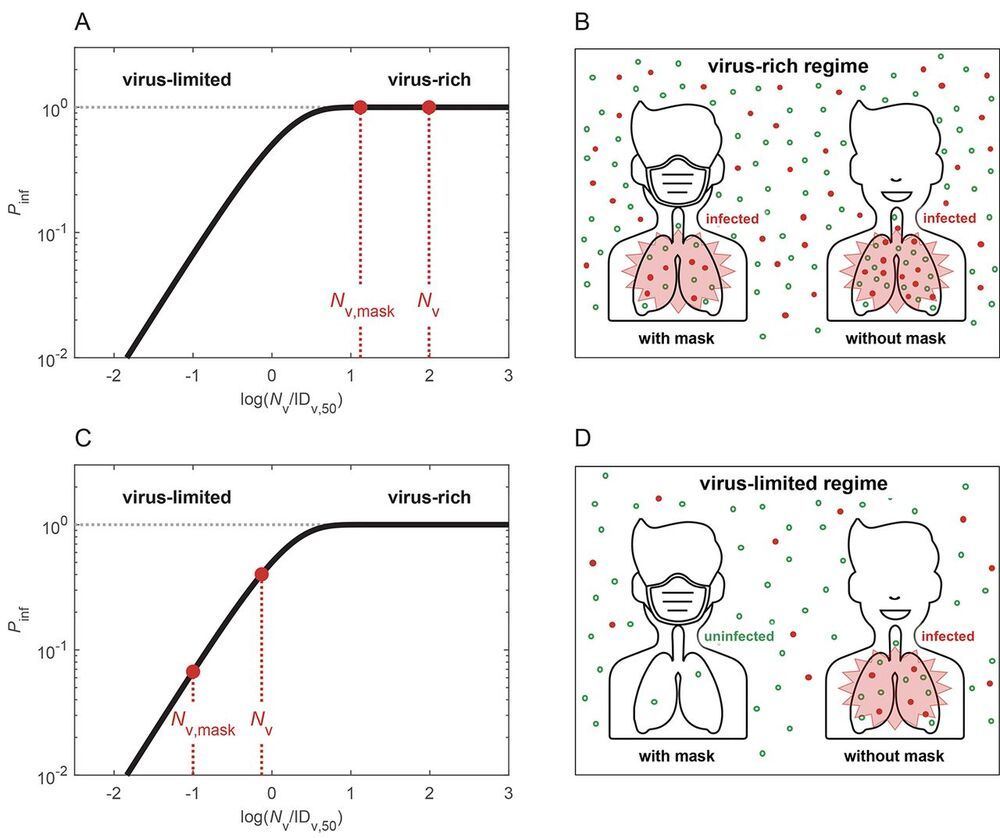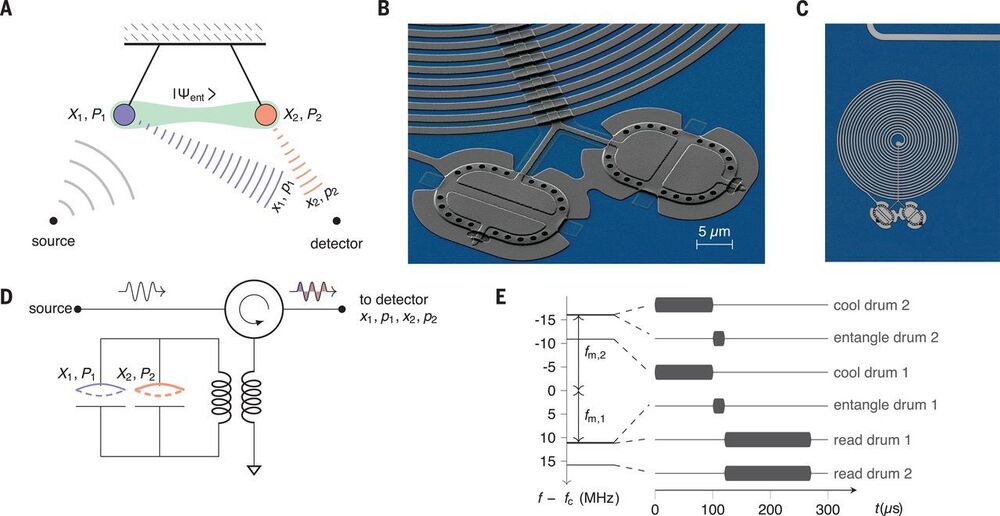Physicists in Germany say they have found definitive evidence for the existence of superfluidity in an extremely cold 2D gas of fermions. Their experiment involved confining a few thousand lithium atoms inside a specially-designed trap, and they say that the finding could help shed light on the role of reduced dimensionality in high-temperature superconductors.
Understanding the mechanisms that allow electrical current to flow without resistance inside cuprate materials at ambient pressure and at temperatures of up to 133 K is one of the biggest outstanding challenges in condensed-matter physics. Although scientists can explain the process behind more conventional, lower-temperature superconductivity, they are still trying to work out how the phenomenon can take place at high temperatures in what are essentially 2D materials (cuprates being made up of layers of copper oxide). Such low-dimensional materials are prone to fluctuations that prevent the long-range coherence thought to be essential for superconductivity.
2D Fermi gases can serve as model systems to try and help clear up this mystery, having strong and tuneable correlations between their constituent fermions that can mimic interactions in superconductors. Macroscopic quantum phenomena such as Bose-Einstein condensation involve large numbers of bosons – particles with integer spin – co-existing in a single quantum state. Fermions, in contrast, have half-integer spin and are subject to the Pauli exclusion principle – which precludes multiple particles sharing quantum states. But fermions can get around this restriction by pairing up and combining their spins.









